Using the enzyme DNA ligase and small DNA strands as building blocks provides an efficient and less expensive path to a large variety of DNA scaffolds and other structures.
Linking together small DNAs to build more diverse DNA nanostructures
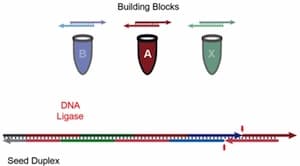

Using the enzyme DNA ligase and small DNA strands as building blocks provides an efficient and less expensive path to a large variety of DNA scaffolds and other structures.
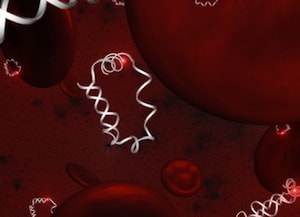
Even without special designs and coatings to promote stability, simple DNA nanomachines can survive in human serum and blood for hours or even days, much longer than expected from previous studies using bovine serum, which has more damaging nucleases than does human serum.
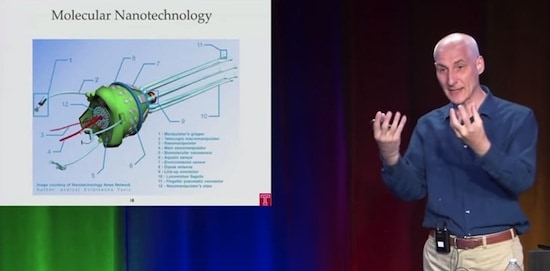
Designing and building spiroligomers, robust building blocks of various 3D shapes made from unnatural amino acids, decorated with various functional groups, and linked rigidly together by pairs of bonds, and a new approach to nanotechnology design software.
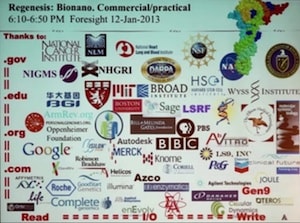
At the 2013 Conference George Church presented an overview of his work in developing applications of atomically precise nanotechnology intended for commercialization, from data storage to medical nanorobots to genomic sequencing to genomic engineering to mapping individual neuronal functioning in whole brains.
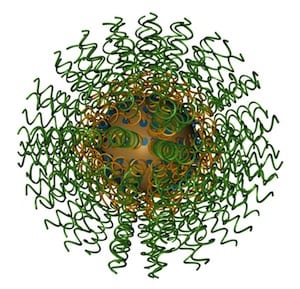
DNA sequences designed to either stimulate a specific immune response or to down-regulate an undesirable response deliver superior performance when organized on nanoparticles to reach their intended cellular targets.

Gold nanotubes engineered to a specified length, modified surfaces, and to have other desirable characteristics showed expected abilities to enter tumor cells in laboratory studies, and to distribute to tissues within live mice as intended.
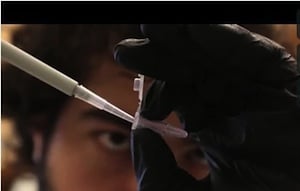
Positioning two or more molecules along a long DNA strand can cause the DNA molecule to adopt different shapes if the molecules interact. Quickly and cheaply separating these shapes by a simple gel electrophoresis assay provides a wealth of information about how the molecules interact.
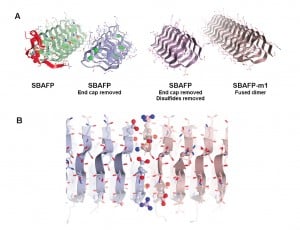
Design and computational simulation of amyloid proteins of diverse functions from diverse sources enable the self-assembly of proteins that could provide scaffolds for diverse applications.
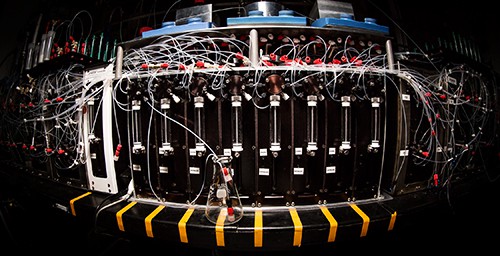
Iterative coupling, purification, and cyclization of a large collection of organic building blocks promises a vast array of complex small and medium sized molecules as candidates for drug discovery, catalysis, and nanotechnology.
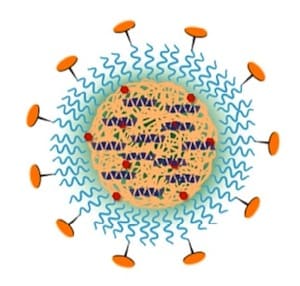
In tests in a mouse model of advanced atherosclerosis, core-shell nanoparticles, composed of block copolymers and targeted to sites of inflammation and vascular injury, delivered a bioactive peptide that improved key properties of advanced plaques.